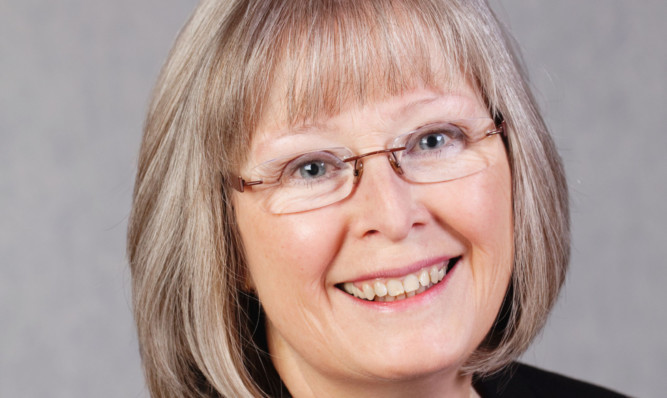Q I am currently bankrupt and have heard the period of bankruptcy is being extended. How will this affect me?
A Bankruptcy legislation is under review, with proposed changes due to be enacted next spring.
Included in the changes will be an increase to the period of personal bankruptcy from one to four years.
This brings the period of sequestration, the term for bankruptcy in Scotland, in line with trust deeds, which changed last November.
The changes are not retrospective. Thus anybody who has been declared bankrupt prior to the introduction of the new Act is still eligible to be discharged after one year.
Q What do I have to do to be discharged from bankruptcy?
A Under current legislation, unless your trustee or a creditor makes a successful application to court to have your discharge deferred, you will automatically be discharged after one year.
This means that after one year you are no longer subject to restrictions applied by bankruptcy, for example, having a limit on credit or debarment from certain positions, including being a company director.
Changes due next spring not only extend the period of these restrictions to four years, but also propose that discharge is no longer automatic and will be linked to cooperation.
A trustee will have to submit a report on the debtor’s financial affairs and their conduct during the sequestration to the Accountant in Bankruptcy, who will have the power to grant or refuse discharge.
Q Can I still apply for bankruptcy even if I have no assets?
A At present if you meet certain criteria, which included earning the minimum wage or less and owning no property, you can apply to be made bankrupt under the low income low asset (Lila) route.
The proposals are that this will be replaced with a new minimal asset process (Map). There are several requirements to enter into this process, including habitual residence in Scotland, taking money advice prior to application, and debt of at least £1,500 but less than £10,000.
Discharge from Lila is after one year; Map allows the debtor to be discharged after six months but includes post-discharge restrictions of a further six months.
Q Do the proposed bankruptcy changes affect creditors?
A At present creditors are invited to lodge a claim by the debtor’s trustee.
To be included in a dividend payment, their claim must be lodged no later than eight weeks before the end of one accounting period, to allow payment in the next.
In future, creditors will be invited to lodge a claim within 120 days of receiving notice of their entitlement to claim.
There must be mitigating circumstances to submit a late claim.
Where there is money in a debtor’s estate, this will speed up the payment of dividends.
All claims lodged in any insolvency process should have evidence of the debt due, like a statement or invoice, attached.
There will also be a moratorium, which is basically a freeze on a creditor’s ability to take action to recover a debt, for an initial period of six weeks following a debtor notifying the Accountant in Bankruptcy that they intend to apply for a statutory debt relief option.
This extends the current moratorium available to people applying for the debt arrangement scheme (Das).
Q What effect will the proposed changes make to dividend prospects for creditors?
A In terms of the current legislation, a debtor may be discharged after one year; however, their income and expenditure are subject to regular review by their trustee for a period of up to three years.
Their trustee will ingather any income surplus to household requirements during these three years.
The changes will give creditors the benefit of contributions ingathered over an additional year, which should increase the dividend payable.
The new legislation will also introduce the use of a ‘common financial tool’. It is anticipated this will ensure contributions are calculated in a consistent and fair manner, leaving the debtor sufficient income to meet living expenses without financial hardship while ensuring their spending is limited to a reasonable level, allowing for the surplus to be paid to their estate for the benefit of creditors.
Moreover, under current legislation, any assets acquired by a debtor such as a lottery win or an inheritance under a will do not fall to their bankrupt estate after their discharge, ie after one year.
The new legislation will increase this period, thus the potential benefit to creditors, to four years.
* By Margaret Linn, an insolvency manager at Henderson Loggie.
